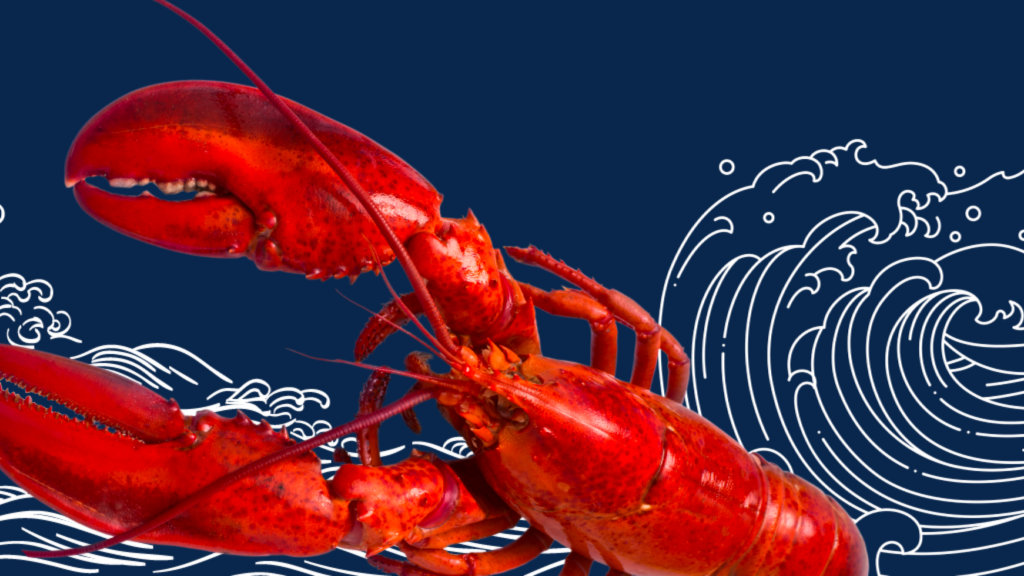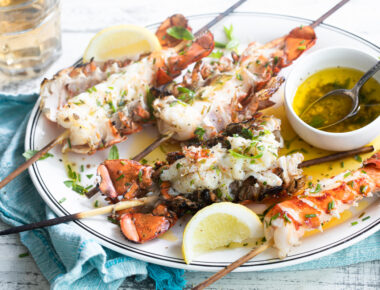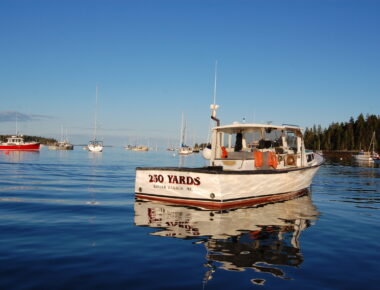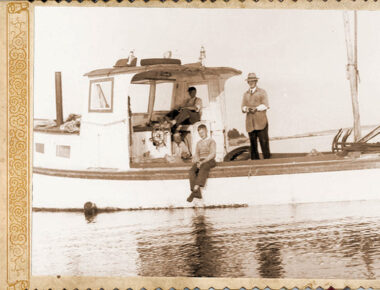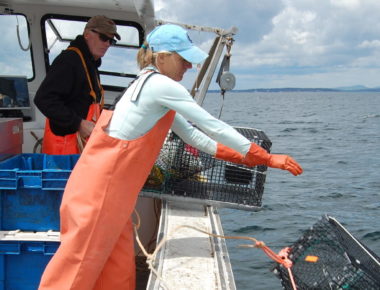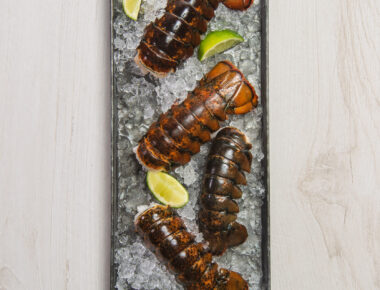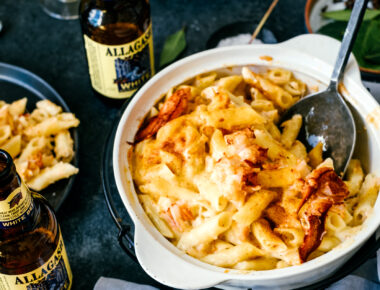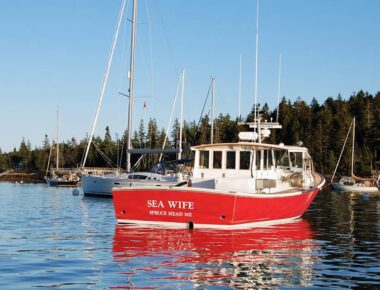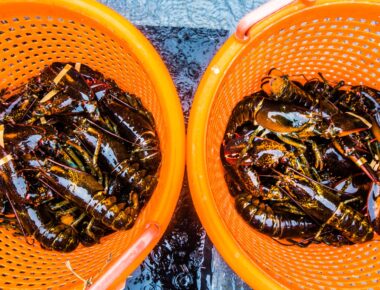If you’re in need of a Maine Lobster crash-course, you’re in luck! Over the next few weeks, we’ll be covering everything you need to know about America’s favorite crustacean in order to make informed buying decisions about lobster products.
Why is Maine’s fishery recognized as a model of sustainability?
The Maine Lobster industry’s intrinsic focus on sustainability and conservation has been embedded in the Maine way of life for generations, dating back more than 150 years.
Maine lobstermen, small business owners who independently own and operate their boats, have been committed to fishery sustainability and traceability long before it was fashionable, and they continue to evolve practices based on the needs of the marine environment. In order to maintain a strong and healthy lobster population, Maine Lobsters are 100% hand-harvested — with lobstermen handling each and every lobster with care. All are caught one trap at a time to protect their quality and environment. In fact, more disruptive fishing techniques, like dragging, which can be detrimental to the habitat, are prohibited for lobster fishermen in Maine.
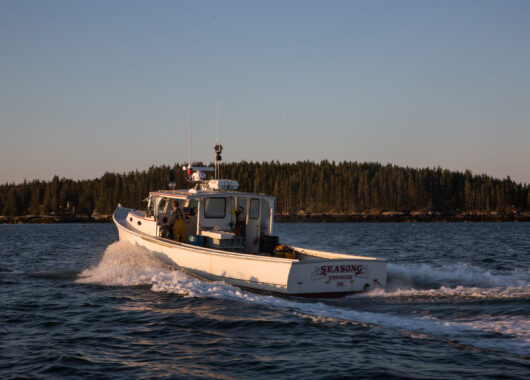
Further, Maine Lobster boats are not the industrial boats you may know from other fisheries. Lobstermen work from small day boats, typically topping out around 50-feet in size. Each lobster fisherman must be licensed by the State, and the lobsterman must own the boat and gear he fishes, so it’s not possible for a conglomerate to buy up multiple lobster fishing boats and hire captains to fish them.
Maine’s fishery is unique in that it’s a direct result of the collaborative effort put forth by both the government and the private sector. In many cases, Maine lobstermen have proactively implemented measures to protect the future of the fishery, working hand-in-hand with regulators to commit sustainable fishing practices to law.
Interested in knowing more about sustainable fishing practices? Learn about the Maine Lobster industry’s sustainability rules and regulations, which help ensure the health of the lobster resource.
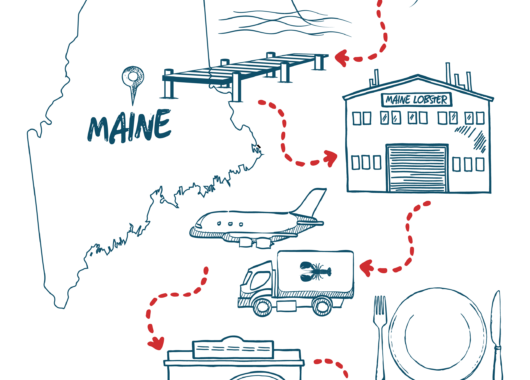
So how exactly does it get from trap to table?
Good question! The Maine Lobster supply chain is a complex dynamic, but a necessary one to understand. In short: it first begins with the individual lobsterman who lands product at their designated wharf and then offers the haul to a dockside buyer. This buyer, commonly referred to as a dealer or cooperative, then sorts through the product, grades each piece of inventory on quality, and arranges transport for the sorted product to a dealer and/or processor. From there, the processed meat, value-added or live product is usually sold directly to either a consumer-facing retailer or to a grocery or food service distributor, who will in turn sell to a supermarket, restaurant operator, airline, etc., where it can be served to consumers.
How does the industry protect and preserve the freshness and flavor of Maine lobster?
The Maine Lobster industry services a wide breadth of customers — from retail and wholesale to food service and consumer buyers — and takes great measures to deliver the highest quality products to customers worldwide through live and value-added products. Value-added products can be purchased either fresh or frozen and as a cooked or raw product, with offerings including tail, claw & knuckle meat, claw & knuckle meat, or tail meat, or as shell-on products, like whole lobsters, split tails and raw tails.
Processing & Freezing
While every Maine Lobster processor has their own way of shucking and freezing, processing and freezing techniques differ from cooked to raw lobster products. Below are some common techniques. When considering a lobster purchase, be sure to ask your lobster supplier which technique they use to preserve the freshness and sweet, sought-after flavor of the product, and why.
For cooked and raw lobster products, processing & freezing techniques typically include:
- High pressure processing
- Traditional shucking
- Liquid nitrogen flash freezing
- Vacuum sealed packaging
Handling & Storage
Handling and storage of value-added Maine Lobster is equally important to preserve the quality of lobster products. Keep these common handling & storage know-hows in mind when working with cooked and raw lobster products:
- Most cooked and raw Maine Lobster products are available year-round and can be shipped worldwide.
- All cooked and raw Maine Lobster products should remain in their original packaging until ready to be served.
- All fresh or thawed Maine Lobster meat products should be kept under refrigeration and enjoyed within 2-3 days of thawing.
- All cooked and raw Maine Lobster meat products should be enjoyed within 3-6 months of freezing for optimal taste.
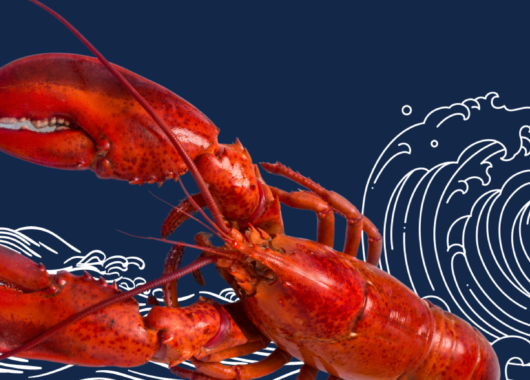
Looking for More Educational Resources?
For more information on handling, storage, processing and freezing techniques specific to value-added cooked or raw lobster, don’t forget to download our individual fact sheets in our Industry Content Hub.


